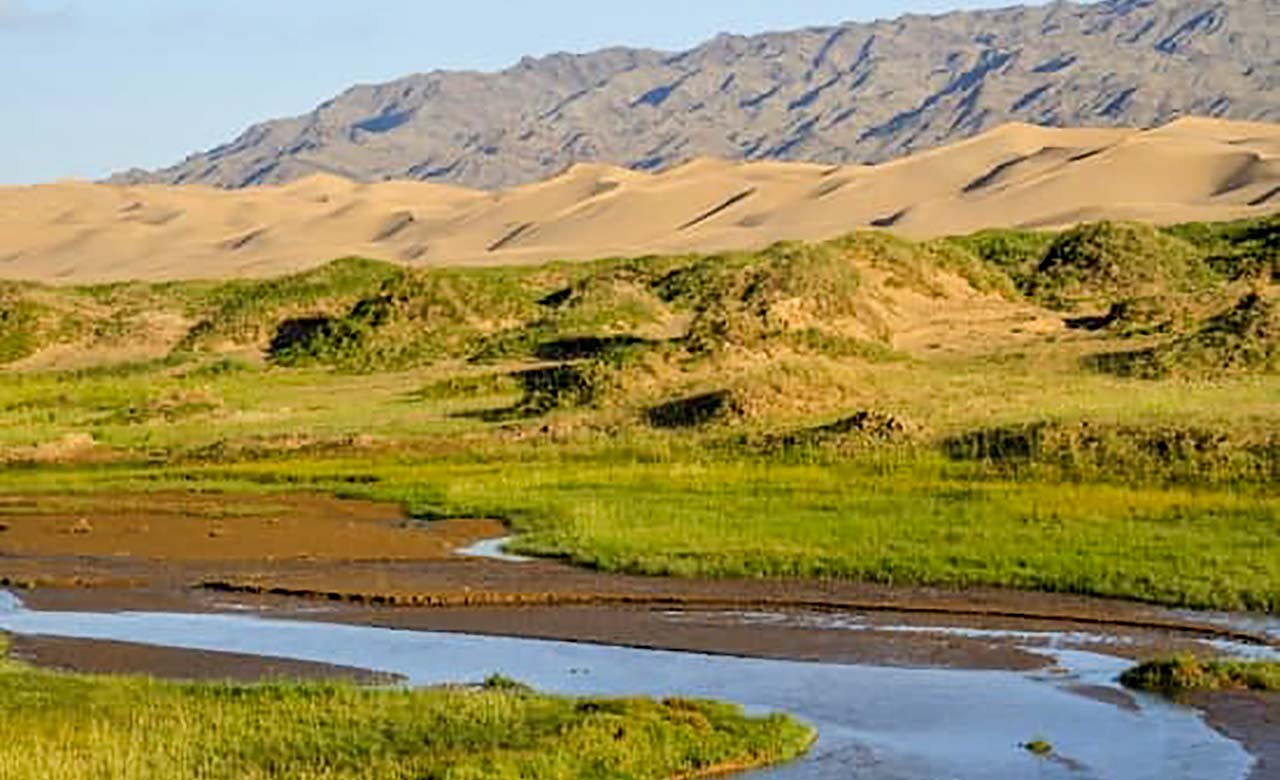Climate & Geography
The climatic zones of Burkina Faso


Burkina Faso has a tropical climate of the Sudano-Sahelian type, characterised by considerable rainfall variations from an average of 350 mm in the north to more than 1,000 mm in the south-west, with two very contrasting seasons: a rainy season which lasts about 4 months and runs from May-June to September; its duration is shorter in the north of the country, with rainfall ranging from 300 mm to 1,200 mm. A dry season during which the Harmattan, a hot and dry wind from the Sahara, blows.
There are three main climatic zones: the Sudanian zone in the south, the Sudano-Sahelian zone which extends from east to west and the Sahelian zone in the north. The Sudano-Sahelian zone is much larger than the other two climatic zones and has a dry tropical climate with both Saharan and humid tropical influences.
The Sahelian zone in the north

The Sahelian zone in the north is the driest zone with annual rainfall varying between 400 and 600 mm. The thermal amplitude is high, during the dry season it can last more than 9 months and temperatures vary between 15°C at night and 45°C during the day.
The Sudano-Sahelian zone

In the Sudano-Sahelian zone, annual rainfall is higher and varies between 600 and 700 mm. The dry season lasts no more than 8 months and temperatures are around 48°C in the middle of the dry season and 23°C during the rainy season.
The Sudano-Guinean zone

Located in the southern part of the country, rainfall is the most abundant, with around 1,100 mm of annual rainfall. The thermal amplitude is less pronounced during the dry season, with temperatures ranging from 28°C at night to 41°C during the day.
Geography of Burkina Faso


